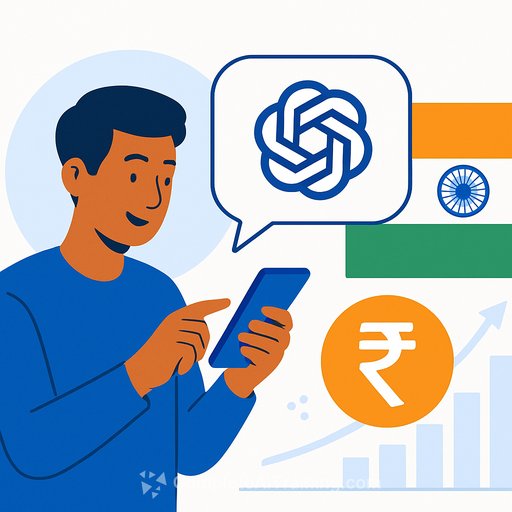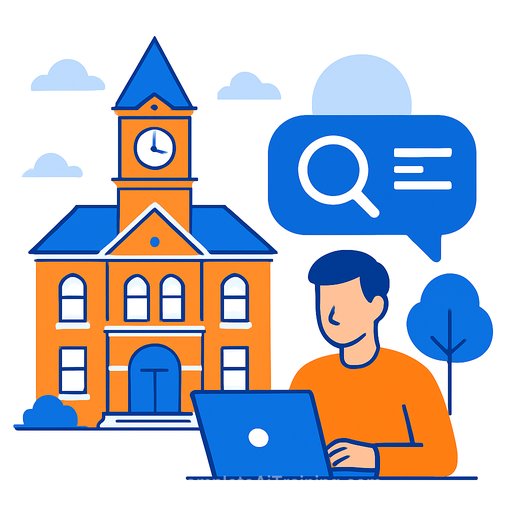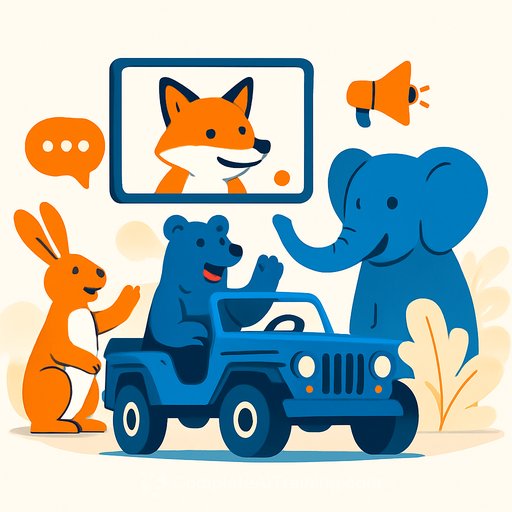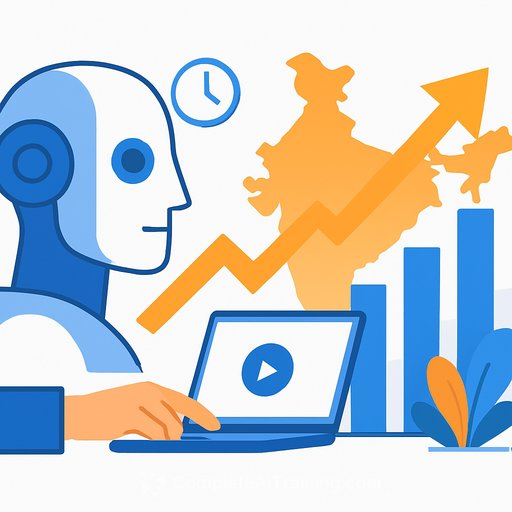OpenAI's bold India play: Free ChatGPT Go for a year - and why marketers should care
Starting November 4, OpenAI will give users in India 12 months of ChatGPT Go at no cost. This isn't generous-it's a land grab in the fastest-scaling digital market on the planet. If you track CAC, LTV, and market share, mark the date.
The timing isn't accidental. The offer drops alongside OpenAI's DevDay Exchange in Bengaluru on November 4, building momentum with developers and enterprises while consumer adoption spikes. Launch product and ecosystem together-classic platform strategy.
The US$17 billion prize
India's AI market is projected to triple to US$17 billion by 2027, per a Boston Consulting Group white paper. India is already OpenAI's second-largest market and among its fastest-growing, with a New Delhi office opened in August and a local team ramping.
Competitors are playing the same game. Perplexity teamed with Airtel to hand out free Pro access to 360 million subscribers. Google rolled out a free one-year AI Pro plan for students. OpenAI's move meets the moment-and raises the stakes.
Battle lines: adoption and attention
In Q2 2025, Perplexity's downloads in India jumped 600% year-on-year to 2.8 million. ChatGPT rose 587% to 46.7 million downloads. On usage, ChatGPT leads with 19.8 million monthly active users versus 3.7 million for Perplexity.
ChatGPT Go itself was born from local feedback: people wanted more capability at a lower price. Launched in India in August, paid subscriptions more than doubled in the first month. That signal drove a rollout to nearly 90 countries.
What ChatGPT Go actually gives you
- Higher message limits so teams can sustain longer sessions.
- More image generation for creative and ad workflows.
- Longer memory for context over time.
- Ability to upload more files and images for real work, not demos.
At under US$5 per month standard pricing, offering a full free year is a meaningful customer acquisition investment. OpenAI is clearly willing to trade short-term revenue for share.
Quote that matters: "Since initially launching ChatGPT Go in India a few months ago, the adoption and creativity we've seen from our users has been inspiring. Ahead of our first DevDay Exchange event in India, we're making ChatGPT Go freely available for a year to help more people across India easily access and benefit from advanced AI," said Nick Turley, Vice President and Head of ChatGPT.
Retention move: existing ChatGPT Go subscribers in India also get the free 12 months. That reduces churn and rewards early adopters-good LTV math.
Distribution beats discounting
India has 700+ million smartphone users and over a billion internet subscribers. Competitors are leaning on telco partners. OpenAI is going direct. That builds first-party relationships and cleaner funnels for future monetisation.
There's also a model quality advantage. As Professor Payal Arora notes, India is a high-pressure testing ground and a rich source of training data. Handling linguistic diversity and noisy, real-world inputs makes models more resilient globally.
Three marketing lessons
- Market position over margins: give up near-term revenue to win the category.
- Synchronise launches: product + developer ecosystem = compounding momentum.
- Reward loyalty: extend benefits to current users to defend LTV and reduce churn.
OpenAI frames this as part of an "India-first" commitment and support for the IndiaAI Mission, ahead of next year's AI Impact Summit. Smart alignment with national priorities and sentiment.
The monetisation question
India is price-sensitive. That's the challenge. But the scale is unmatched. If a small slice of free users converts after 12 months-especially once AI becomes part of professional workflows-the LTV can justify the upfront cost.
The real moat won't be features. It will be habits, distribution, and network effects. Whoever owns the default daily workflow wins.
What marketers should do this week
- Get your teams on the promo: sign up on November 4 and standardise usage across content, ads, research, and workflows.
- Build country-specific playbooks: test Hindi + regional language prompts, mobile-first flows, and low-bandwidth assets.
- Run controlled experiments: A/B creative produced with and without ChatGPT Go; measure CTR, CPA, and ROAS deltas.
- Operationalise: set prompt libraries, brand guardrails, and review loops for generated copy, visuals, and data summaries.
- Prep your retention funnel: plan year-12 conversion offers and usage milestones that correlate with paid stickiness.
- Train your people: upskill media buyers, content teams, and analysts on prompt patterns and workflow integration.
Metrics to watch
- Acquisition: sign-ups, activation rate (7-day), and first value time by cohort.
- Usage: weekly active users per team, tokens/messages per session, attachment uploads.
- Performance: CAC, blended CPA, ROAS, and content throughput per headcount.
- Retention: 30/60/90-day retention and conversion intent signals near promo end.
Risks and how to hedge
- Overreliance on one provider: pilot a second model for creative and analysis as a control.
- Quality drift: institute spot-checks, style guides, and brand compliance checks.
- Data sensitivity: keep PII out of prompts; document what goes into uploads.
Bottom line for marketers
User acquisition at scale is the move. OpenAI is trading dollars now for entrenched habits later. Follow the distribution, not just the feature list.
If India is the proving ground, your play is simple: get in early, systematise usage, measure outcomes, and secure your retention levers before the promo clock runs out.
Helpful next steps
- AI Certification for Marketing Specialists - build team-wide capability and a shared playbook.
- Curated ChatGPT resources - prompts, workflows, and case studies for faster rollout.
Your membership also unlocks:






